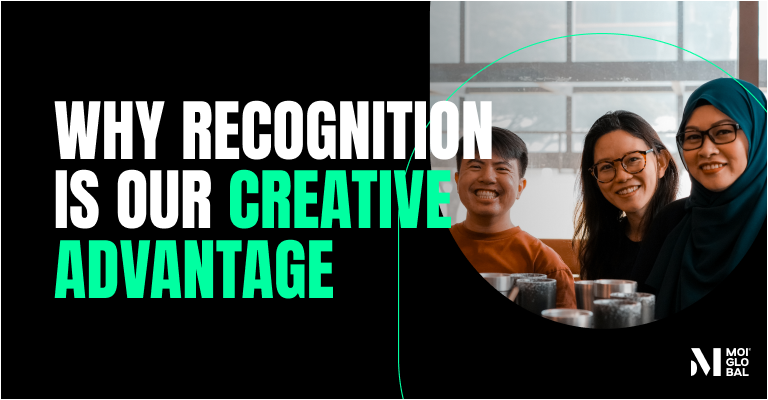
B2B marketing talks a big game about alignment. Sales and marketing alignment. Campaign orchestration. Seamless buyer journeys. It’s nothing we haven’t all heard or read a million times before.
But scratch the surface and what you’ll often find is an entirely different reality. One where businesses are battling with disjointed teams, fragmented strategies, and customer experiences stitched together with nothing more than good intentions and broken tools.
We say “integrated.” But what we usually mean is “coordinated.”
And there’s a big difference.
It’s not a capability problem—it’s a connection problem
Here’s what we’re seeing more and more of across the industry:
- Brilliant strategies that never land.
- Award-winning content that no one sees.
- ABM programs that lose steam halfway through execution.
- Sales teams that don’t know a campaign has even launched.
Sound familiar?
It seems like businesses are increasingly hitting a roadblock with their B2B strategies. Many put it down to shrinking marketing spend or widening skill gaps. But this isn’t about budget, talent or ambition. It’s about how we think.
As an industry, we’re still solving complex, connected problems with siloed thinking. And it’s starting to show.
Integration isn’t a department. It’s a discipline.
So where does that leave us? Well first thing’s first, we need to shift the narrative around integration. All too often it gets reduced to agency models: specialist, generalist, full-service. As if the structure alone is what determines the outcome.
But here’s the thing. Integration isn’t something you buy into. It’s something you build into—every idea, every campaign, and every touchpoint.
Because as buyer journeys become increasingly complex, B2B marketing requires more than coordination to drive results. It requires total, end-to-end cohesion—from strategy all the way through to creative, media, data, measurement and sales. Each department not just being aligned but actively held accountable for one another.
We need to move beyond the org chart
All of this brings us to one glaringly obvious conclusion. It isn’t a lack of good ideas that’s holding back progress in B2B. It’s the outdated systems we cling to.
Org structures that separate brand and demand. Briefs that assume linear journeys. Processes that treat sales and marketing like different teams that are playing entirely different games.
They’re systems that have been ingrained in B2B for decades. But buying doesn’t work like that anymore. So why should we?
When we talk about integration, it’s not just a case of putting everything under one roof, but actively working towards a shared outcome—without getting tripped up by the intricacies of who owns what.
It’s time to redefine what “integrated” really means
If you’ve got this far, then you’ll be able to see that the traditional approach to “integrated” B2B marketing is no longer working. Instead, we’re proposing a new mindset. One where:
- We stop chasing perfection in silos and start building momentum together.
- We design strategy and execution as one fluid system—not a series of handoffs.
- We stop confusing alignment with action.
- We treat integration as a source of impact, not just efficiency.
Because what buyers experience isn’t your structure, it’s your cohesion.
If you want to achieve a truly cohesive, joined-up go-to-market strategy, then you need to be prepared to be a little less B2B—looking beyond the instant gratification of demand generation and taking a more integrated approach that blends brand and demand for long-term, sustainable success.
Let’s talk about what’s really standing in the way
Want to add to the discussion? We’re bringing together a group of industry leaders to share their thoughts on the issue—looking at how integration is really achieved, what’s blocking it, and why it’s more important than ever.
It’s an invitation to challenge the systems that keep B2B stuck and imagine what it looks like when we finally get out of our own way.
If you take one thing away from this, let it be this: B2B complexity can’t be solved in silos. And integration isn’t optional anymore. It’s overdue.
So can one agency really do it all…?


